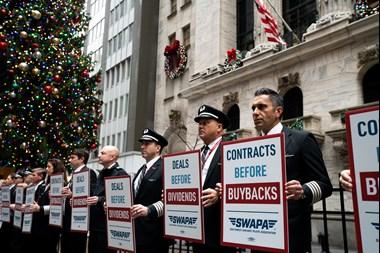Commentary
April jobs printed at 428,000 new jobs, above the consensus estimate of 380,000. The unemployment rate was 3.6 percent. The Labor Participation Rate was just 62.2 percent, down 20 basis points (bps, or 1/100th of a percentage point) from last month. February and March jobs were revised downward by 39,000 net jobs. The U6, which is total unemployed, plus all persons marginally attached to the labor force, plus total employed part time for economic reasons, ticked up to 7 percent from 6.9 percent last month, but down from 10.3 percent from last year.





